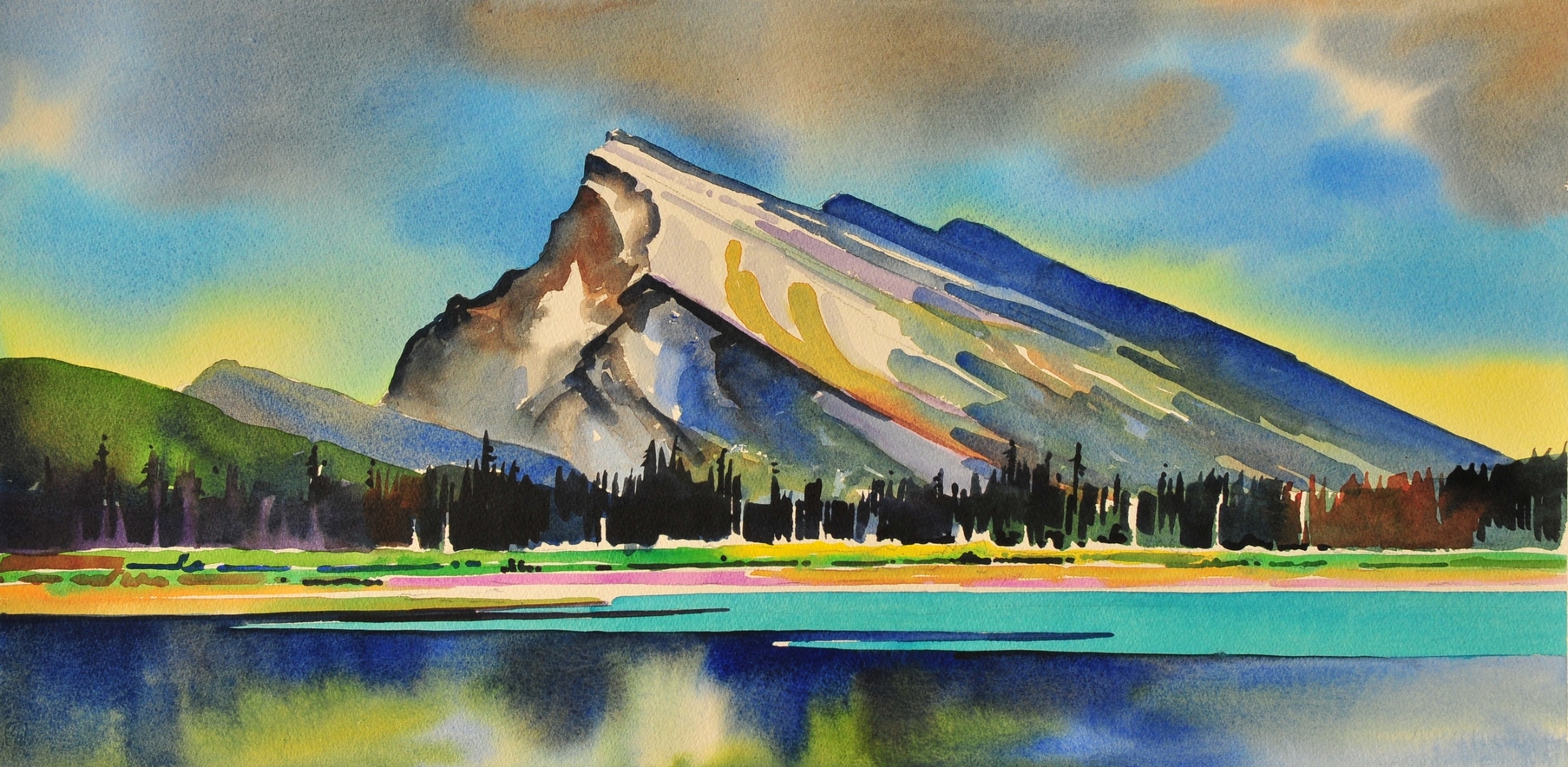In essence, landscape painting is the depiction of nature and natural scenery. Landscapes have been painted since ancient times with the Greeks and Romans creating wall paintings of natural scenic elements. The independent genre of landscape can be found as far back as 4th century China. However, it did not emerge into Western culture until the Renaissance in the 16th century. An example of a painted landscape in the form of a fresco was found in Akrotiri (an Aegean Bronze Age settlement) in the early 1970’s.
During the romantic period of the Renaissance, three aesthetic concepts were formed dividing the natural world into categories: the Pastoral, (Titian is best known for this specific form), the Sublime (represented by Turner and Wordsworth), and the Picturesque (depicted by Botticelli). The 19th century became the golden age of landscape painting in Europe and America.
Richard Wilson is known as the father of landscape painting. He was born on 1st August 1713 or 1714 in Penegoes, Powys, North Wales, the third son of its rector. He became the leading British landscapist of his generation and one of the great artistic pioneers of the eighteenth century.
There are principals in landscapes apart from containing a center of interest, (the above painting depicts this very well with the elk). There must also be scale, balance, simplicity, variety, emphasis, unity, and sequence. These apply to the form, texture, line and colours used.
Come into the gallery for our Canada Scapes and Spaces Art Show to enjoy landscapes and learn more.

